I had the opportunity to call Nagoya home only temporarily. The closer my time there drew to a close, I inevitably grew more aware and more appreciative of my surroundings, no matter how seemingly ordinary.
Apart from the transient nature of my life as a graduate student in Nagoya, the fact that Thailand‘s capital city of Bangkok, my hometown and possibly permanent home from now on, only has summer, rainy season, and winter that rarely feels cold anymore made me appreciate the different colors of the four seasons in Japan even more. A country with four seasons does have its own pros and cons, but when it comes to a city with not-too-hot summer and not-too-cold winter (preferably with snow sometimes since I am fan), I have always been envious of how the locals get to enjoy the changing of the seasons. Which brings us back to the matter of impermanence.
Nagoya is one of the cities in Japan with moderate winter. I lived through three winters there from 2019 to 2021. In 2019, we didn’t get a single day of snow. In 2020, there were a couple of days with light snow and one very snowy night. But because I was holed up in my apartment working on my intensive course assignment and closed all my curtains, I didn’t notice that there was a lot of snow left in the morning. By the time I realized that it snowed from my friend’s messages and photos and hurriedly went out, the snow had almost completely melted due to Nagoya’s not-so-low temperature.
So when the 2021 winter started, I earnestly wished for at least one snowy day before my time in Nagoya ended in spring 2022. Luckily, my snowy dream came true on December 27, the day right after I submitted the first draft of my thesis. Plus it was snowing through the morning. I was so happy to finally be able to go out without worrying about academic responsibilities, but the weeks spent on thesis writing (read: cramming) made me too tired to go far in the cold. That was why I decided to just enjoy my local vistas. Armed with my coat and umbrella, I walked only in my neighborhood, but the snow made the scenery look so different that I couldn’t help taking so many photos to remember the fleeting beauty I saw that day.
I lived in an apartment on this street. Can’t believe it has been almost three months since I moved back to Bangkok.
In Japan’s northern regions like Hokkaido and Tohoku or even the more northerly part of Chubu, winter is so cold and long that the snow can cover the whole streets and that can be a nuisance. Nagoya, however, is in the warmer part of Chubu, so the snow is easier to melt or get rid of.
There were some parts of the street where the snow was thick enough to take this shot though.
Like cotton flowers.
This wasn’t my first time experiencing a snowy day, but I probably enjoyed it the most. My snowy day experience in Berlin and Potsdam around twelve years ago was too harsh, haha. Since snow is rare in Nagoya and the temperature rarely drops below freezing, plants are more likely to survive. I really like this beautiful sight of an orange tree covered in snow.
The two shrines in my neighborhood were what I looked forward to seeing the most in the snow. This is Ifuku Shrine, the smaller of the two.
Ifuku Shrine’s pair of stone komainu (guardian lion-dogs) look cool with eyes covered by the snow.
Just a stone’s throw away from Ifuku Shrine is Ikatsu Hachimangu Shrine and its frosted trees.
Photographing the interior of a Shinto shrine is almost always prohibited, so I have no photos of Ikatsu Hachimangu Shrine’s cool ceiling. If you ever get to go there, look up for its wooden ceiling filled with ancient ideograph-style Japanese characters.
I lived only a few minutes away on foot from my university, so I had to check out the campus in the snow too.
This photo of my favorite slope was taken on my way to the university. I was surprised to see someone biking in the snow.
Entering Nagoya University campus.
Nagoya University (NU) or shortened as Meidai in Japanese has multiple campuses and the campus I studied at is bisected by a street. My former graduate school or Graduate School of International Development (GSID) is situated on the same side as my apartment and this is how the building looks like in the snow.
The Christmas decorations on the first floor of GSID building stayed until the New Year. (Sorry for the blurriness.)
The row of trees in front of the building is the highlight. The leaves turn green, yellow, and orange as the season changes. They become bare in winter, but in the snow, they look quite lively again.
The bare tree-lined lane that leads to Nagoya Daigaku Subway Station looks stunning in the snow as well.
On the other side of the street is Toyoda Auditorium. Since 1960, this auditorium has become the symbol of Nagoya University. It is usually not open, but all Meidai students are guaranteed opportunities to enter during their orientation and the graduation. (I shared a photo inside the auditorium in this post about my graduation day and last moments in Nagoya.) The lawn in front of Toyoda Auditorium was completely covered by snow.
Back to my side of the campus, the scenery around Nagoya University Central Library was pretty in the snow as well.
This little snowman in front of the central library wasn’t my doing, but it was a nice photo opportunity.
I love the contrast between the evergreens and the frosted trees, the cars and the bicycles.
Pink camellias and hollies make winter in my neighborhood more vibrant every year.
A couple of bonus photos of the snowy landscape under the blue sky. These pictures were taken not long after it stopped snowing. As you can see, snow melts away fast in Nagoya.
In Japan, there is mono no aware or the pathos of things, a somewhat bittersweet view toward the ephemera in life. An acceptance of the inevitable impermanence and that is the reason why those fleeting moments are beautiful and should be appreciated. Though everything is temporary in the end, snow in Nagoya is one of the things that echo this sentiment especially well.
I wonder if I will ever be able to fully adopt mono no aware with this heart and mind that try to hold onto things for as long as possible and often mourn over losses and endings for too long. But if my attempt to preserve the transcient happiness in the form of writings and photos can bring us some joy, that would be nice.
Guide
Ikufu Shrine
When to visit: Always accessible
How to get there: I don’t know if anyone wants to visit this quiet neighborhood solely for tourism, but if you do or if you are living in/will move to Nagoya, you can take the Meijo Line Subway to Nagoya Daigaku Station and walk to Ifuku Shrine in about 10-15 minutes.
Ikatsu Hachimangu Shrine
When to visit: Always accessible
How to get there: Located right next to Ifuku Shrine.
Nagoya University
When to visit: Always accessible
How to get there: The Chikusa Campus is immediately there when you exit Nagoya Daigaku Station.
This post is also part of the Lens-Artists (week #203: Local Vistas), Flower of the Day (recent challenge), Sunday Stills (Pink), Fan of… (recent challenge), and Which Way (recent challenge) Photo Challenges.





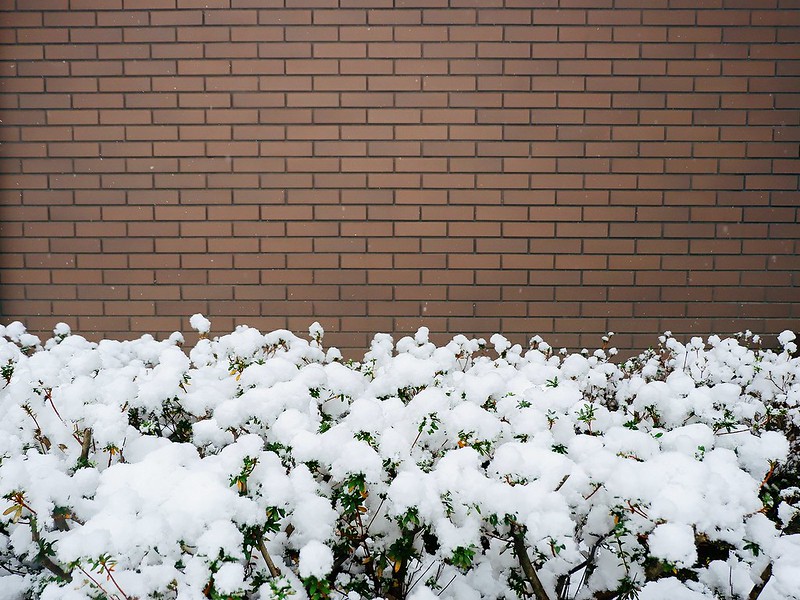
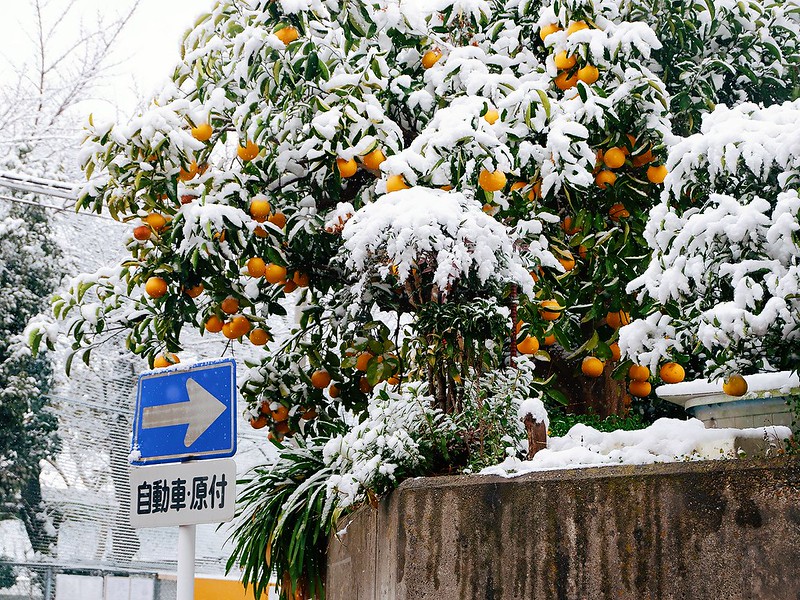

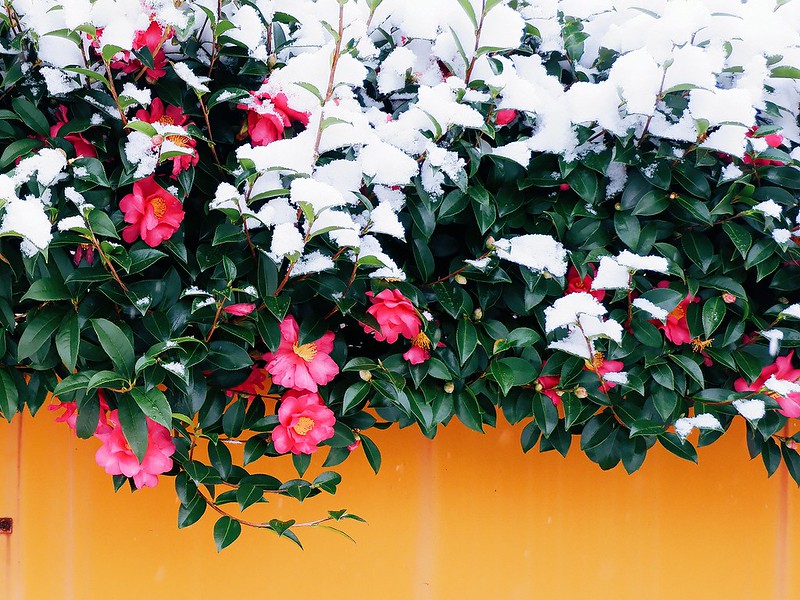



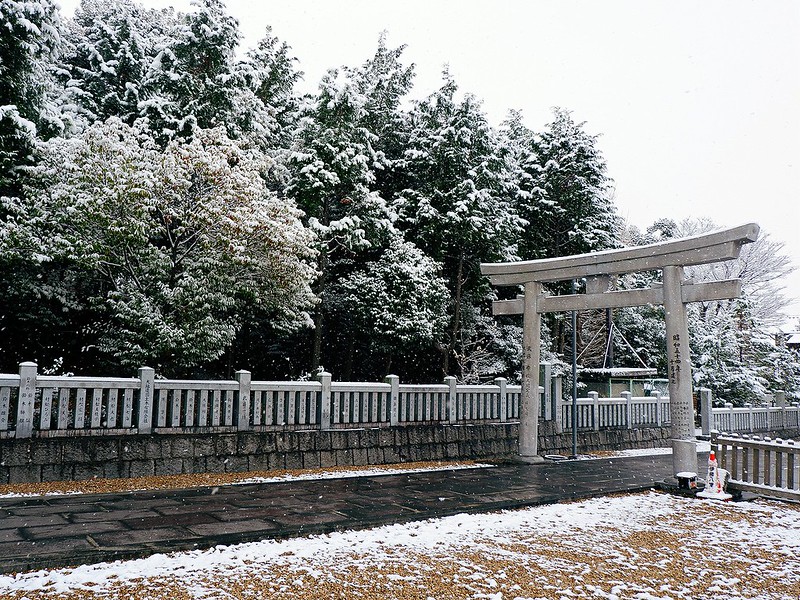
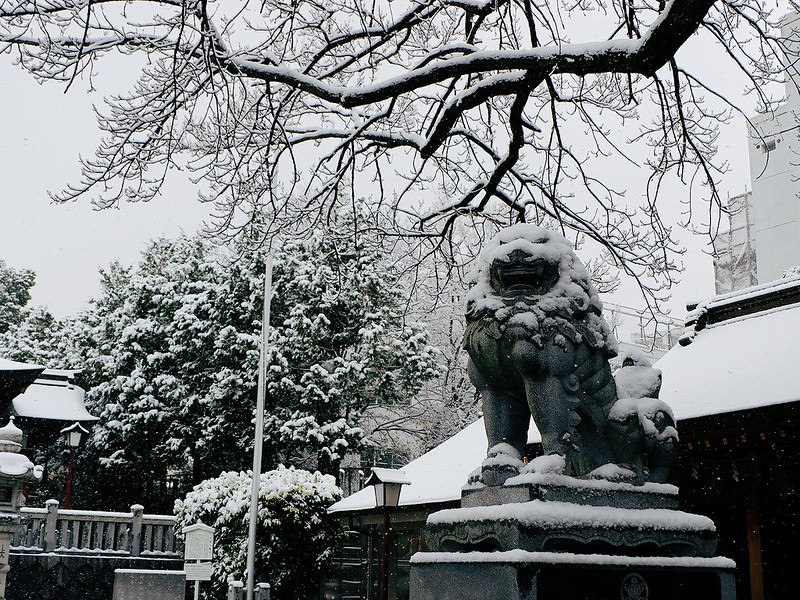
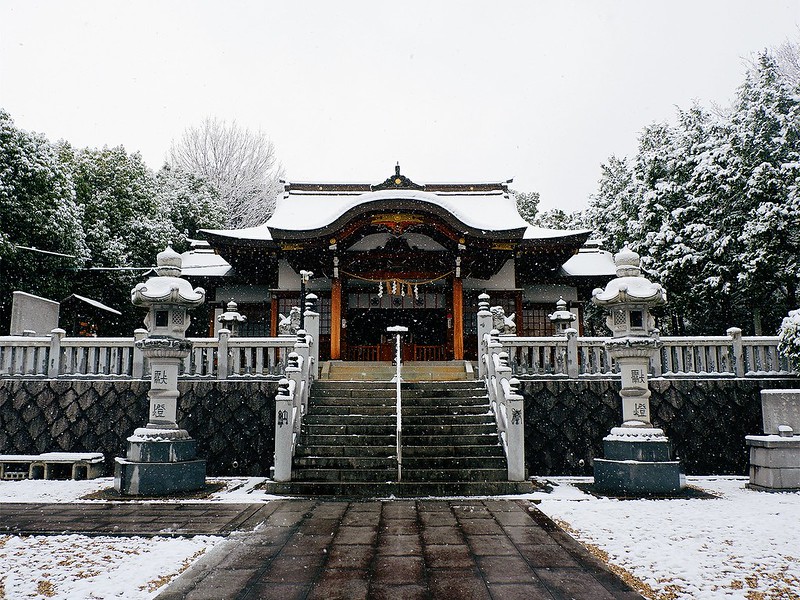
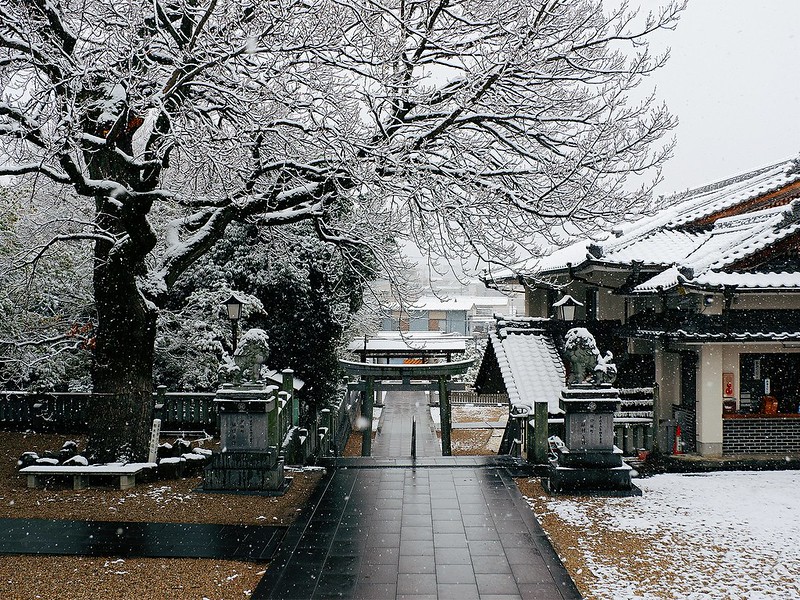



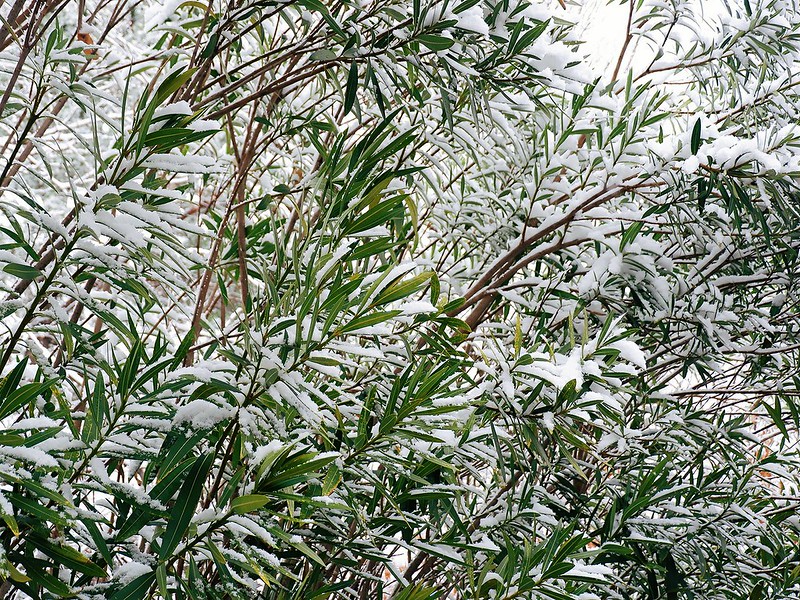


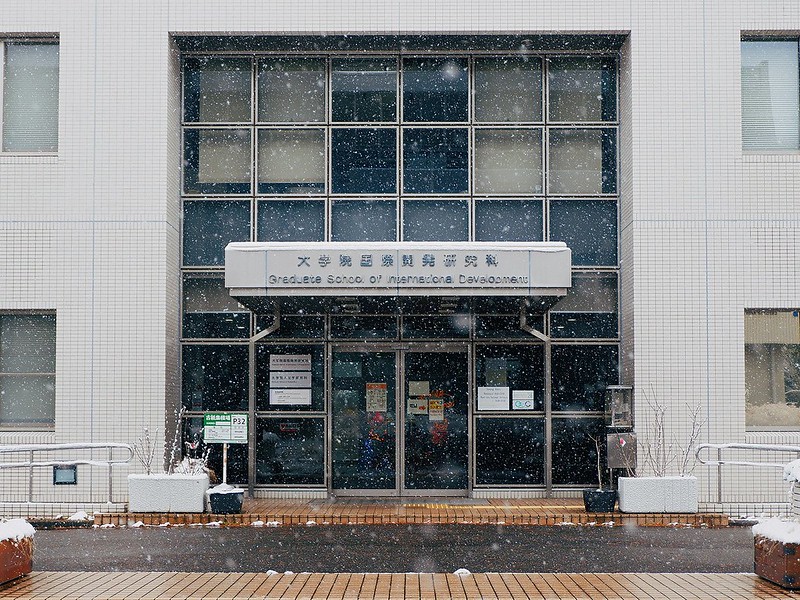

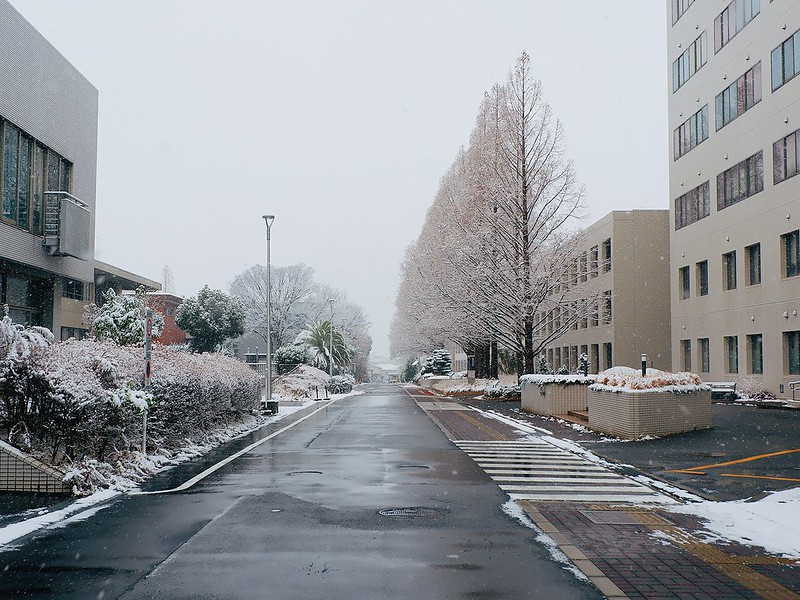








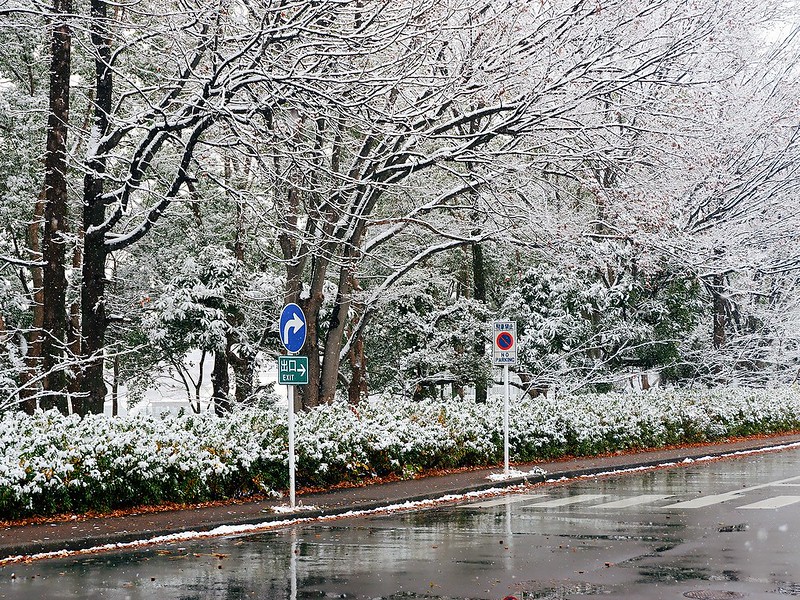
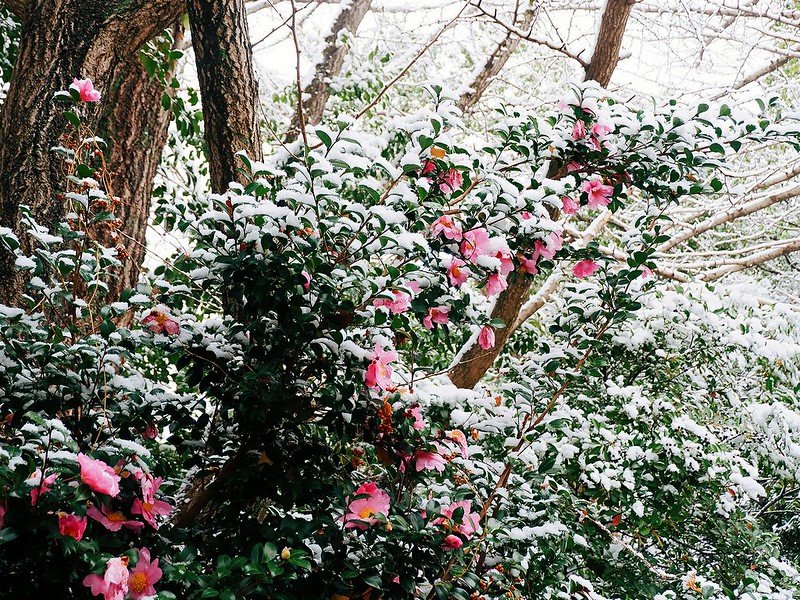




Wonderful.
LikeLike
Thanks so much.
LikeLiked by 1 person
You are most welcome.
LikeLiked by 1 person
That combination of oranges and snow must be unique!
LikeLike
I have always liked that orange tree and I felt so surprised and lucky to have seen it with the snow!
LikeLiked by 1 person
Hi, Gift 👋 Wonderful post; thanks for taking us around your old neighbourhood in the snow 👏 Amazing to see the snow on the oranges 😃
LikeLike
The snowy orange tree is one of my favorite photos too. Thank you very much, Jez!
LikeLike
You’re welcome ☺️
LikeLiked by 1 person
[…] NEW Space Stories By Gift […]
LikeLike
Hi Gift, welcome to Sunday Stills! Beautiful images of the area and the snow! Pink and orange really pop against the white!
LikeLike
Hello, Terri. Thank you very much. I’m glad you enjoyed the views and I look forward to joining your future challenges when I find the photos for the themes!
LikeLiked by 1 person
If you like advance notice, you can visit my Sunday Stills page, I post each month in advance. See you soon!
LikeLike
Thank you so much for the suggestion! I already bookmarked the page.
LikeLiked by 1 person
I totally enjoyed your day in the snow and was happy that you did get a chance to experience it. The campus is beautiful. Thanks for taking us there.
LikeLike
I’m happy to hear this. Thank you very much as well for your theme which let me think about some of my most favorite moments while I was in Nagoya.
LikeLike
Lovely photos! Thank you for taking us on a complete tour! 🙂
LikeLike
Thank you so much for hosting the challenge and visiting this post too!
LikeLiked by 1 person
My pleasure! Feel welcome to join in any time! 🙂
LikeLiked by 1 person
Truly a celebration of snow!
Enjoyed the knaves a lot
❄️❄️❄️
LikeLike
It really was nice to celebrate my first real snowy day in Nagoya and thesis draft submission at once. Thank you for your visit!
LikeLiked by 1 person
😊☀️❄️
LikeLiked by 1 person